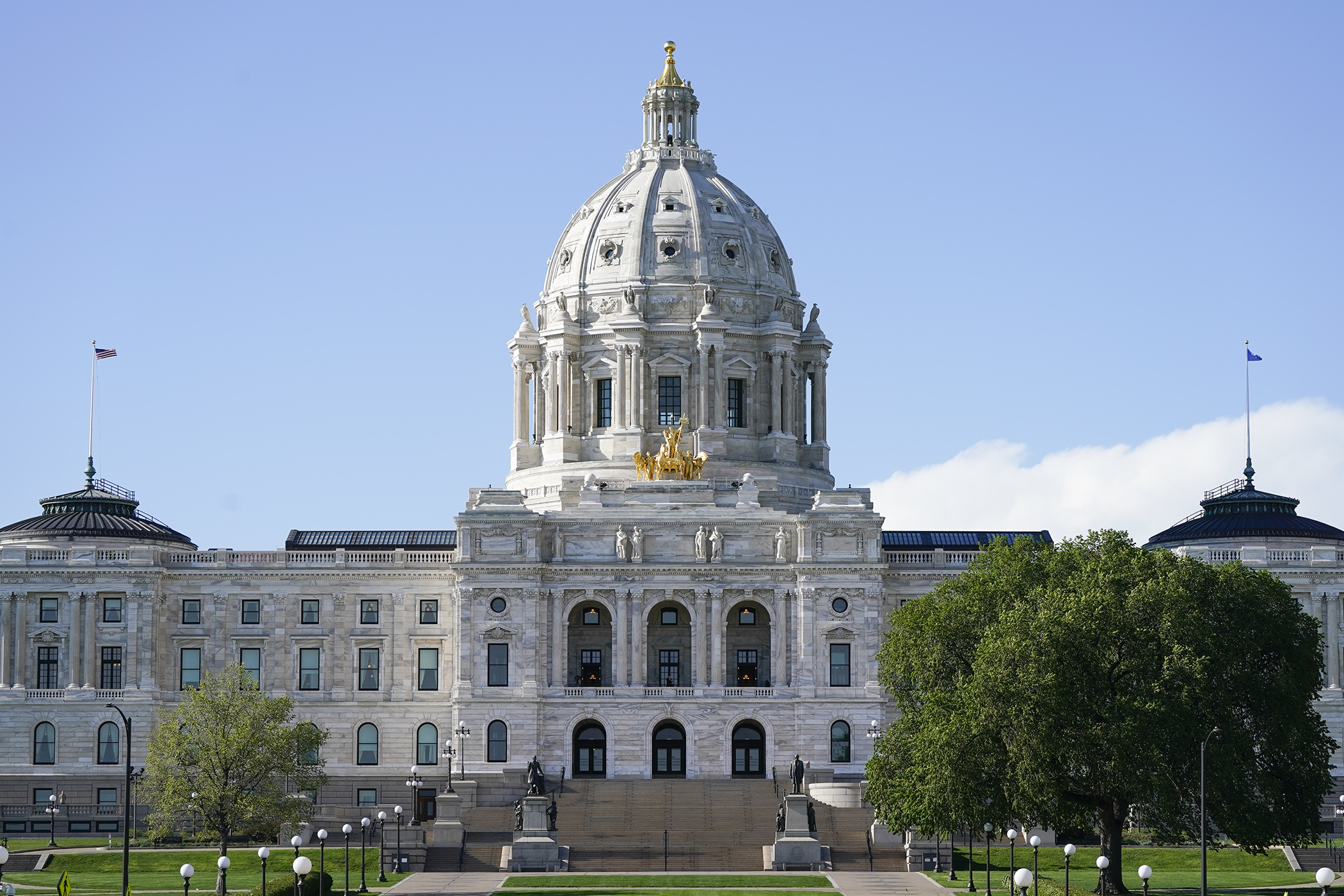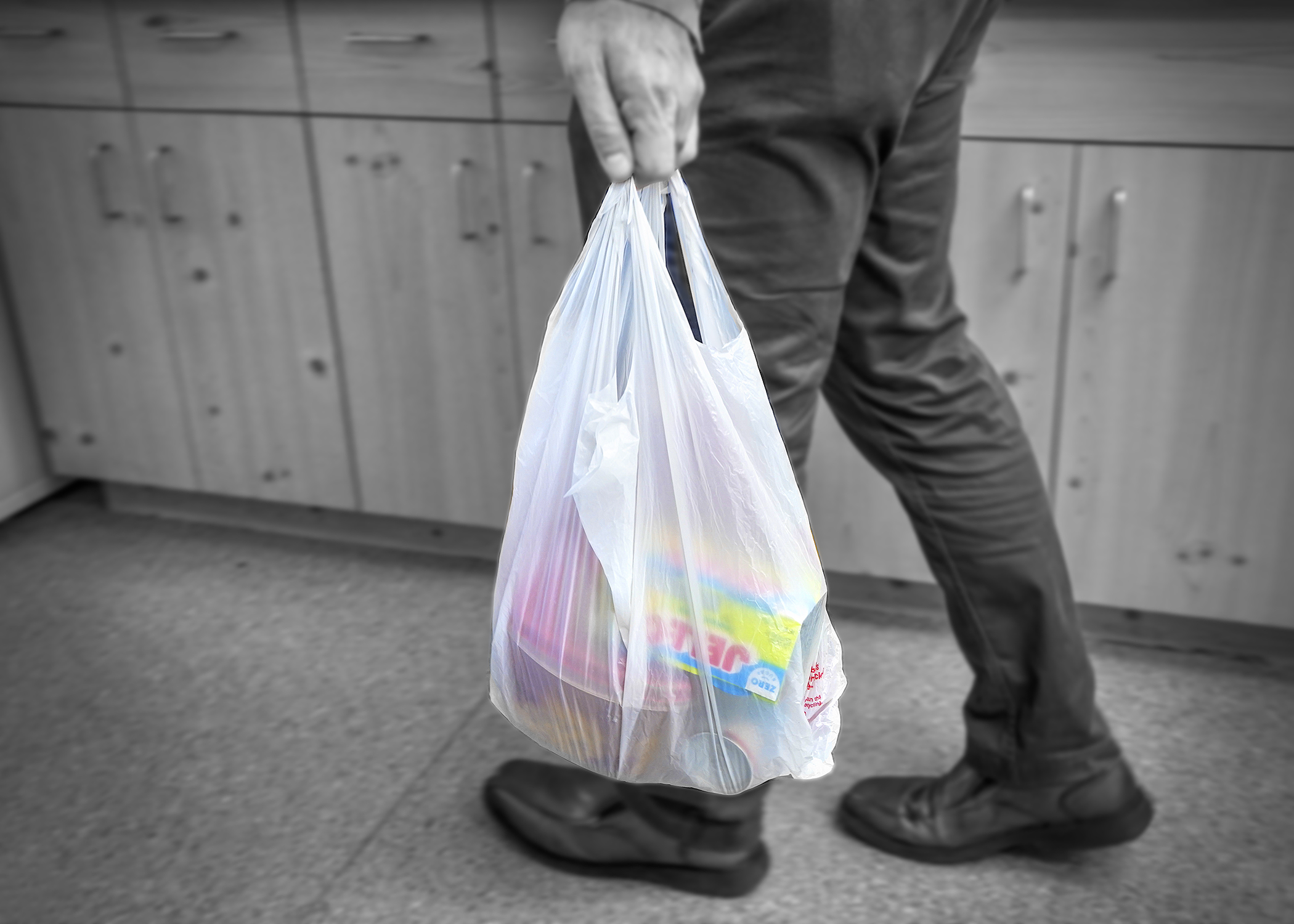Capitol Mall improvements, repeal of ban on plastic bag restrictions part of state and local government bill

A reimagined Capitol Mall is a target of supplemental spending in the state and local government policy and finance bill.
Unveiled to the House State and Local Government Finance and Policy Committee Tuesday, HF3431, as amended, calls for $6.95 million in supplemental spending in fiscal year 2025, far above the committee’s $2.5 million target. However, the difference is more than offset by a $4.95 million cancellation and reappropriation from last year’s law for the Capitol Mall Design Framework that to seeks to “better Connect, Preserve, Activate and Grow the Minnesota Capitol Mall.”
The committee received a walkthrough of the proposal Tuesday. Amendments are expected to be offered Thursday ahead of a committee vote.
Rep. Ginny Klevorn (DFL-Plymouth) is the bill sponsor and committee chair.
In total, the $6.16 million in spending for the project, includes, “landscaping, trees, benches, lighting, security, and irrigation on the upper mall” as well as in medians of John Ireland Boulevard and Cedar Street. Vehicle lanes would be reduced in many areas to one lane each way instead of two to provide more green space and pedestrian-friendly areas.
Also called for in the framework are: “visual markers and welcome information for the Capitol campus, appropriately spaced for wayfinding of the major streets on the Capitol campus, anchoring a pathway to the State Capitol Building and Capitol Mall that features interpretive markers honoring the importance and stature of the Capitol campus as both a historic site and as a modern, active public gathering place for all visitors.”
The bulk of other funding in the bill calls for $445,000 for additional green space and other amenities on the former Parking Lot C across University Avenue from the light rail station, and $300,000 to replace a statue of Henry Mower Rice — one of two figures representing Minnesota in the United States Capitol’s Statuary Hall — with one of Hubert H. Humphrey.
[MORE: View the spreadsheet]
Plethora of policy
Calling it another tool in the toolbox to deal with waste, the bill would repeal a statute passed in 2017 that, in part, prohibits a political subdivision from imposing a bag ban on merchants. It comes from HF3345, sponsored by Rep. Sydney Jordan (DFL-Mpls).
 (House Photography file photo)
(House Photography file photo)Supporters emphasized the bill does not guarantee a plastic bag ban, but simply allows one should local leaders desire. Others said it should be a statewide issue, not a potential patchwork of local bans.
Possibly the most controversial proposed policy change comes from Rep. Fue Lee (DFL-Mpls), who chairs the House Capital Investment Committee. Coming from HF3582, it would require a grantee of state money for a capital improvement project to establish a replacement fund for major rehabilitation, expansion, or replacement of the project once it has reached its useful life.
A trio of testifiers representing local units of government expressed concern with this provision, arguing, in part, officials seek state help because they do not have the local resources to fully fund a needed project.
“It would make it so communities with very little resources would find it extremely difficult to get any assistance from the state unless they could somehow come up with a very large pot of money on their own,” said Craig Johnson, an intergovernmental relations representative at the League of Minnesota Cities.
Among other provisions in the bill are ones that would:
- establish a state building renewable energy, storage and electric vehicle account in the special revenue fund;
- let Anoka County build a jail and criminal justice center in any city in the county, not just the county seat;
- increase from two to four years the commitment groups in the Public Employees Insurance Program must make to participate in the pool and lower the threshold for groups to exit the pool when premiums increase 20% or more (down from 50%) from one insurance year to the next;
- require a cybersecurity incident impacting a state agency, political subdivision, school district, charter school, intermediate district, cooperative unit or public postsecondary institution be reported to the Bureau of Criminal Apprehension;
- establish a healthy and sustainable food options account in the special revenue fund to enhance and sustain healthy food alternatives in the Capitol Complex; and
- add the Public Utilities Commission to the list of agencies required to engage in a government-to-government consultation process with relevant tribes on matters that have tribal implications.
***
What’s in the bill?
The following are selected bills that have been incorporated in part or in whole into the state and local government policy and finance bill:
- HF3182 (Olson, L.)
- HF3345 (Jordan)
- HF3346 (Stephenson)
- HF3431 (Klevorn)
- HF3582 (Lee, F.)
- HF3606 (Stephenson)
- HF4339 (Nelson, M.)
- HF4354 (Klevorn)
- HF4515 (Hollins)
- HF4748 (Bahner)
- HF4749 (Bahner)
- HF4798 (Klevorn)
- HF4815 (Klevorn)
- HF4854 (Klevorn)
- HF4948 (Huot)
- HF4972 (Freiberg)
- HF5025 (Huot)
- HF5156 (Long)
- HF5328 (Klevorn)
Related Articles
Search Session Daily
Advanced Search OptionsPriority Dailies
Speaker Emerita Melissa Hortman, husband killed in attack
By HPIS Staff House Speaker Emerita Melissa Hortman (DFL-Brooklyn Park) and her husband, Mark, were fatally shot in their home early Saturday morning.
Gov. Tim Walz announced the news dur...
House Speaker Emerita Melissa Hortman (DFL-Brooklyn Park) and her husband, Mark, were fatally shot in their home early Saturday morning.
Gov. Tim Walz announced the news dur...
Lawmakers deliver budget bills to governor's desk in one-day special session
By Mike Cook About that talk of needing all 21 hours left in a legislative day to complete a special session?
House members were more than up to the challenge Monday. Beginning at 10 a.m...
About that talk of needing all 21 hours left in a legislative day to complete a special session?
House members were more than up to the challenge Monday. Beginning at 10 a.m...